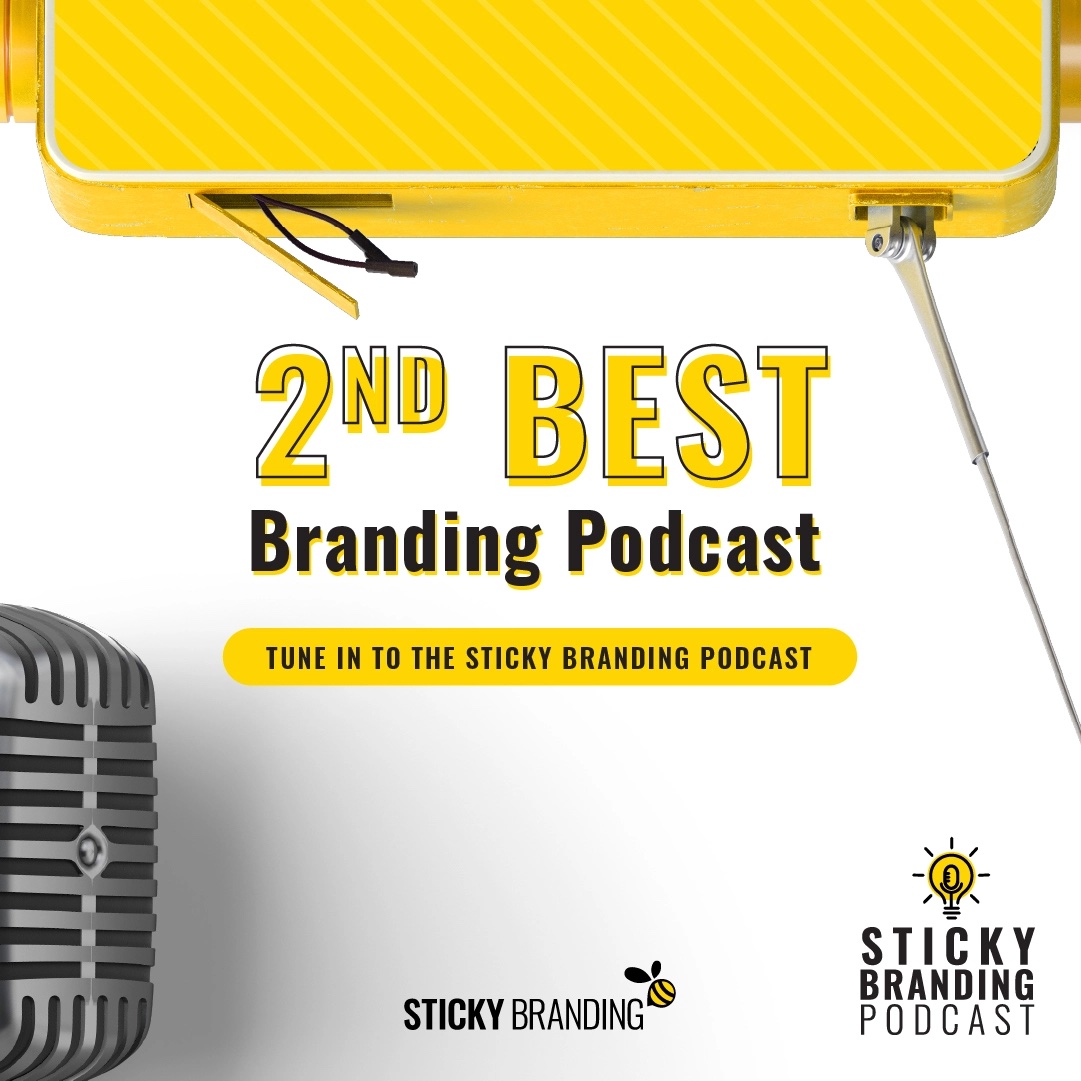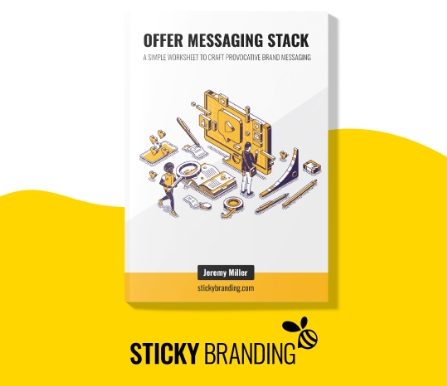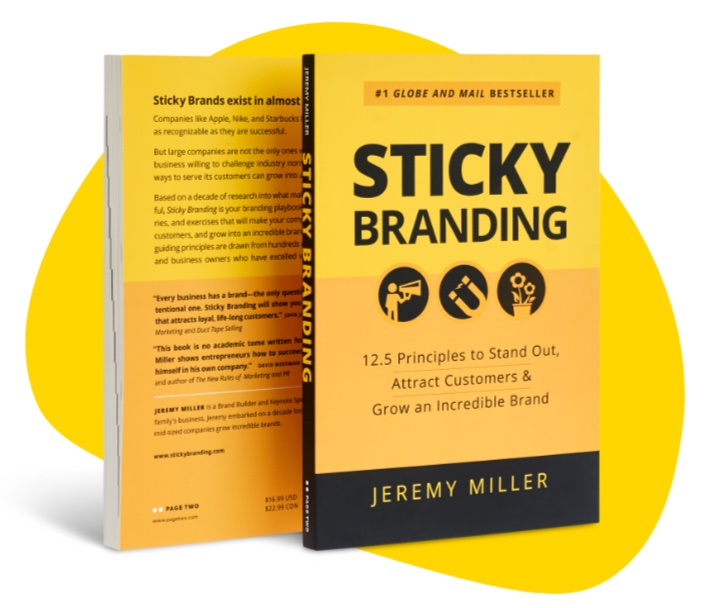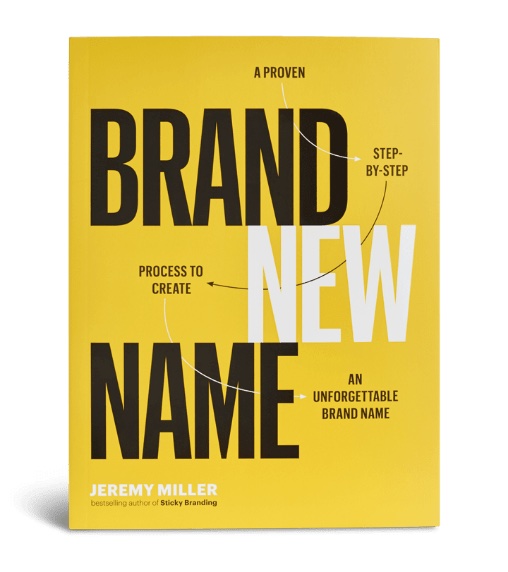“I know half my advertising isn’t working, I just don’t know which half.” -William Lever
Even a century ago companies struggled with their marketing budgets. William Lever is the founder of Lever Brothers, and Sunlight was the first major soap product he brought to market. He was an advertising pioneer, but as he famously pointed out he didn’t always know which activities worked.
Determining your marketing ROI, or return on investment, is always a challenge. Was a trade show or a sponsorship worth it? What about your brochures or business cards? Are they worth the expense?
Judging each marketing activity in isolation can be depressing, especially if they’re not clearly tied to sales results. It’s a little like seeing the forest for the trees. Each and every marketing activity may not have a tangible return, but the sum of their parts drives your business.
Marketing tactics support strategy
What is your business striving for? What are your priorities this quarter or this year? What is your strategy?
Marketing’s primary purpose is to support the overall business strategy. Mitch Joel sums this up nicely with a question, “Did you get the results you were looking for based on the strategy you put in place that then led to tactics?”
A trade show or a social media campaign is a tactic. They’re building blocks. The tactics on their own may not demonstrate a clear ROI, but each one may have been an integral component of the overall strategy.
Measuring tactics is a weak indicator of marketing performance. Focus on the strategies and the goals your company is trying to achieve. They’ll tell you how how effective your marketing is performing.
Group your marketing processes
Another way to analyze your marketing budget is by grouping activities into buckets: trade shows and events, sponsorship, media and PR, digital advertising, and content marketing.
For example, you may determine sponsoring trade shows, events and programs is an effective way to build brand awareness within your target markets. Instead of analyzing the return on each sponsorship, look at the overall impact of the sponsorship program. Is the program increasing brand awareness? If so, by how much and why is that valuable? Does the increased brand awareness support your sales process? How is the program supporting your overall business strategy?
It’s easier to manage and measure the ROI of a group of activities than looking at each in isolation.
It also becomes a lot easier to manage marketing initiatives when they’re grouped. Continuing with the sponsorship example. Instead of sweating each and every sponsorship dollar, set an overall budget based on the impact sponsorship as a whole has on your business. For example, you could allocate $100,000 to sponsorship, and give your marketing team latitude to select the events they believe will have the most impact on the overall sponsorship program. The marketing team will work on the ROI of each event, while the senior management team can look at the performance of the portfolio of activities — the program.
Roll up all metrics to a few primary drivers
In mid-market companies the primary measure of marketing’s success is sales. And almost all marketing initiatives can be tied to a core sales metric. At Sticky Branding we look to the 3V’s: Volume, Velocity and Value.
- Volume: Increase the number of sales leads or inquiries
- Velocity: The speed a prospect moves through the buying cycle (or sales cycle)
- Value: Ability to sell at a premium price point
Measure the return of your marketing budget based on the 3V’s:
- How many sales leads are you generating monthly? Is the volume increasing, decreasing or static month over month?
- Do your customers know about you, and choose your products and services first? Can you see that performance in how they buy? Are there any points that slow them down?
- Do your sales people discount to win business? Are your customers willing to pay a premium, because they know you’re better?
Answering the big questions first will demonstrate how well your marketing investment is performing.





